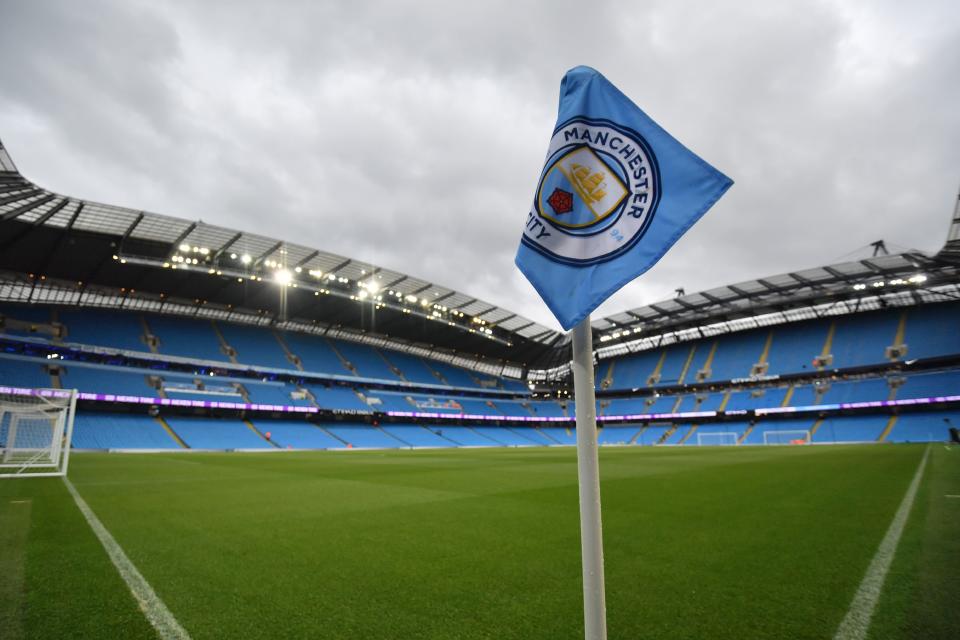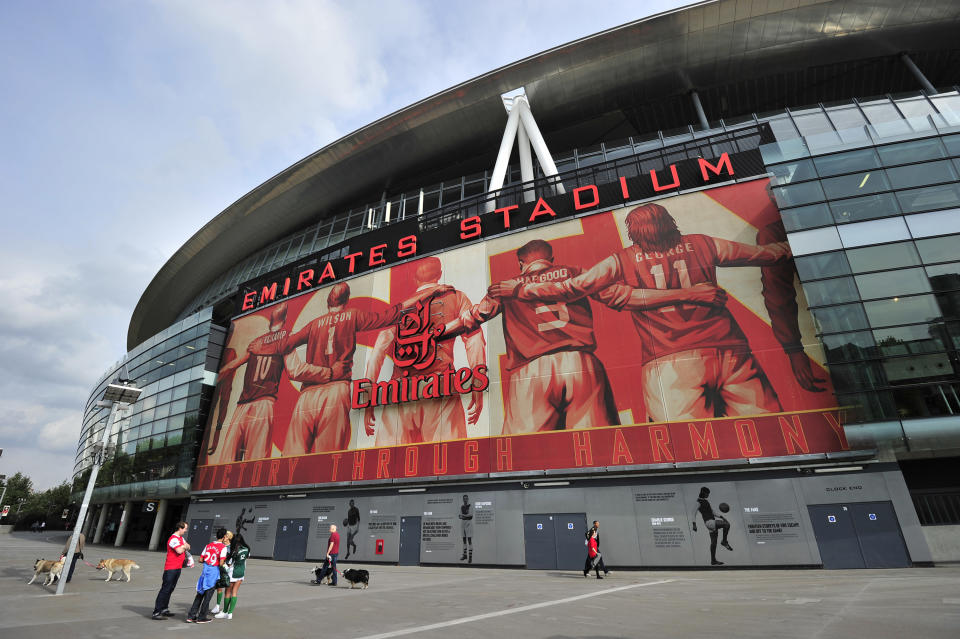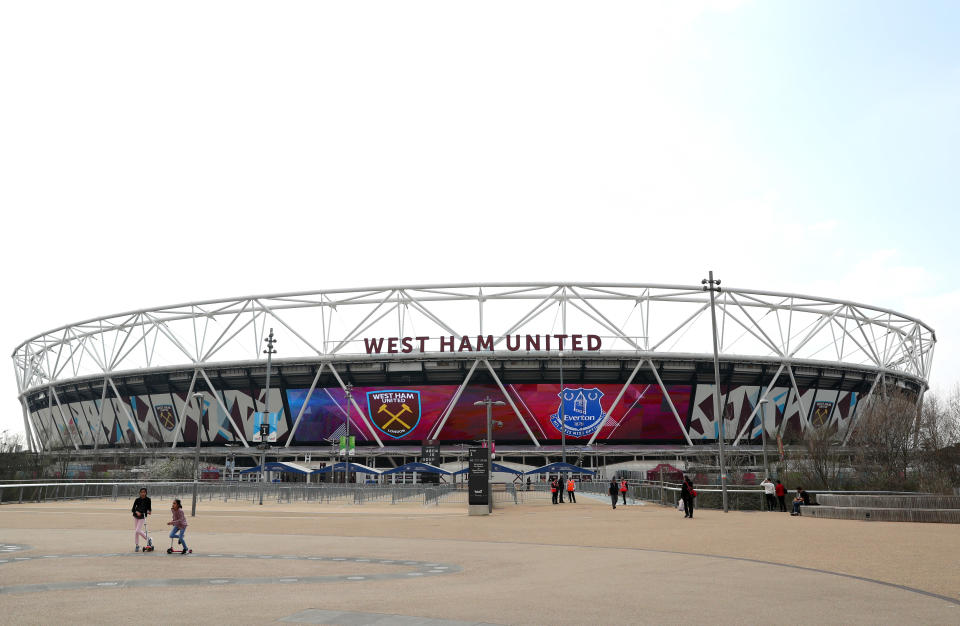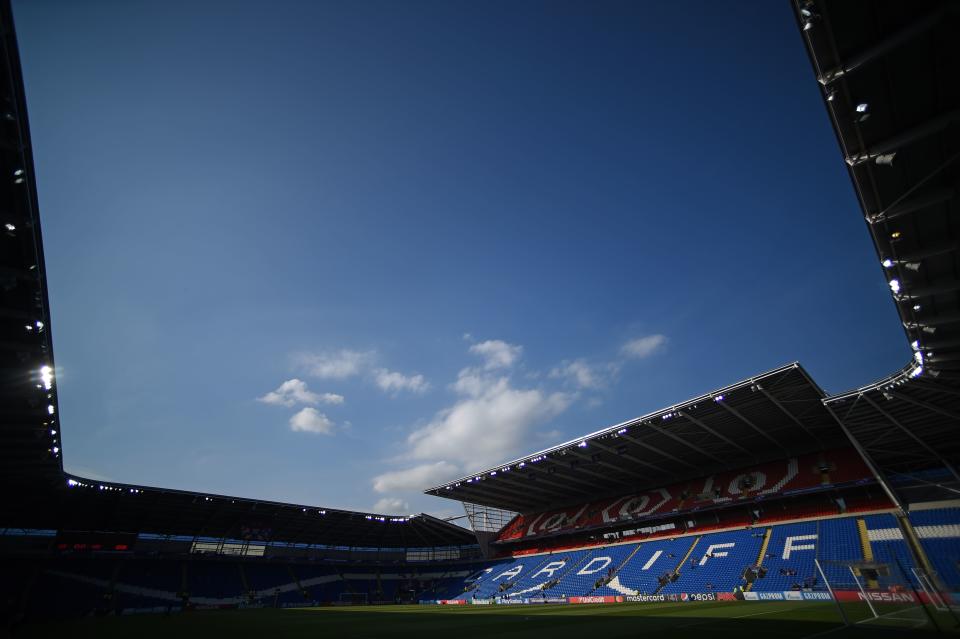Tottenham begin life at new stadium with win over Crystal Palace: How other current Premier League sides have fared after making a move
Tottenham Hotspur have finally played their first Premier League match in their brand new, multi-million pound, state-of-the-art, stadium.
Following months of delays, Spurs’ 62,000 capacity ground was finally be open for business as they beat London rivals Crystal Palace 2-0 to open their new home in style on Wednesday evening.
With Mauricio Pochettino’s men looking to secure a top four finish and currently still in the Champions League, fans will be hoping the club’s on-pitch performances will continue to do justice to their new plush surroundings.

Despite victory in their opening match, Tottenham will be wary that, over the course of time, the transition to a new stadium isn’t always something that goes entirely smoothly.
Of the 20 teams that make up this season’s Premier League line-up, eight others have moved from their traditional homes to pastures new in the modern era with mixed fortunes.
Manchester City – Maine Road to Etihad Stadium (2003)
The ground was originally built for the 2002 Commonwealth Games before being converted into a 38,000 seater football stadium with City moving in as tenants.
Having spent the previous decade yo-yoing through the divisions, the move brought about a period of Premier League stability, albeit through years of unremarkable mid-table finishes.

However, following a club takeover by the Abu Dhabi United group in 2008, the club was transformed.
Following an FA Cup win in 2011, the club won their first league title for 44 years in 2012 after one of the most dramatic finishes to a season in recent memory thanks to Sergio Aguero’s winner against QPR in the last minute of the last game of the season.
Two more league titles followed as well as four League Cups.
Arsenal – Highbury to Emirates Stadium (2006)
The Gunners left their home of 93 years at Highbury, moving to their new ground just half a mile away at Ashburton Grove – renamed the Emirates for sponsorship reasons – in 2006.
Despite three Premier League titles and four FA Cups in the decade leading up to the move, Arsenal endured something of a barren spell in their new home with a much discussed ‘trophy drought’ unheard of for a club of their stature.

Long-serving manager Arsene Wenger did keep the club competing by regularly leading them into the Champions League but silverware was elusive at their new surroundings.
Any talk of a curse at the new 60,000 seater stadium was quashed following three FA Cup wins in four years between 2014 and 2017.
West Ham – Upton Park to London Stadium (2016)
The most recent movers prior to Tottenham were West Ham who actually beat their rivals to relocate to the refurbished 60,000 capacity Olympic Stadium after an intense bidding war between the two clubs.
Despite some opposition from fans, in the three seasons since leaving their historic Boleyn Ground, the Hammers have maintained Premier League stability with respectable midt-table finishes and some notable victories at their new home over some of the league’s elite.

Brighton and Hove Albion – Goldstone Ground to AMEX Stadium (via Priestfield and Withdean Stadiums) (2011)
The Seagulls went through something of a nomadic existence following the sale of the Goldstone Ground in 1997.
Having played there since 1902, the stadium was sold to property developers leaving the then-fourth tier side without a home.
The club were forced to play 70-miles away in Gillingham for two years before temporarily taking residence at the Withdean Stadium – a converted athletics arena – until 2011.
Brighton, by now in the Championship, then moved to the newly built 30,000 seater stadium in Falmer.
Six years after moving ‘home’, the club won promotion to the Premier League in 2017 – their first appearance in the top flight since 1983.
Leicester City – Filbert Street to King Power Stadium (2002)
Filbert Street had been the home of Leicester City from 1891 to 2002, before moving to what is now known as King Power Stadium.
Unfortunately, the club marked their final season at the old ground by finishing bottom of the Premier League and dropping into the old First Division.
Despite controversially going into administration at the start of the following campaign, the club had no trouble settling into their new surroundings and were immediately promoted.
More misery was to follow however as the club went down again and even briefly found themselves in the third tier in 2008.
Nobody would have predicted what was to follow, as the club made it back to the top flight in 2014 before shocking the entire footballing world by winning the Premier League for the first time ever in 2016.

Southampton – The Dell to St Marys (2001)
Southampton’s last league game at the Dell in 2001 was the stuff of fairytales as club legend Mathew Le Tissier scored an 89th minute winner in a 3-2 win over Arsenal to give the old ground the perfect send-off.
The club initially struggled in their new 32,000 capacity ground. Despite reaching the FA Cup final in 2003, the Saints were eventually relegated from the Premier League in 2005.
The club fell even further down the pyramid after dropping into League One in 2009 for two seasons.
Successive promotions followed and the club now find themselves back in the top flight.
Cardiff – Ninian Park to Cardiff City Stadium (2009)
The Bluebirds were a perennial mid-table Championship side for a number of years before leaving Ninian Park in 2009.
Following the move to the brand new 28,000 Cardiff City Stadium, the club would make frequent appearances in the play-offs, although failed to win promotion in three attempts from 2010-2012.
The club eventually reached the Premier League promised land in 2013 and despite relegation after just one season, the club are back competing at the top level for the 2018-19 campaign.

Huddersfield Leeds Road – John Smiths Stadium (1994)
Huddersfield’s impending relegation may see them depart the Premier League with something of a whimper, but few would have even been thinking about top flight football when the club left their old Leeds Road ground in 1994.
Despite promotion to the second tier one year after their move to the now John Smiths Stadium in 1995, the club dropped down the divisions thereafter and found themselves in the fourth tier before long.
The club’s ten year anniversary at the ground was marked with promotion from the old third division to the rebranded League One in 2004.
Promoted to the Championship in 2012, four years battling relegation were followed by their shock Premier League promotion in 2017.
Featured from our writers:

